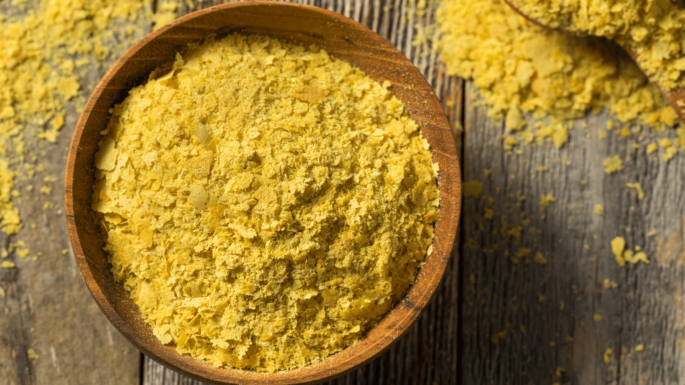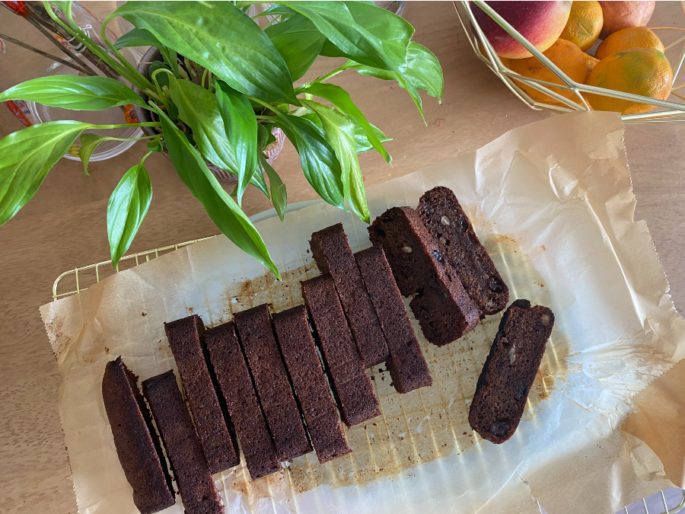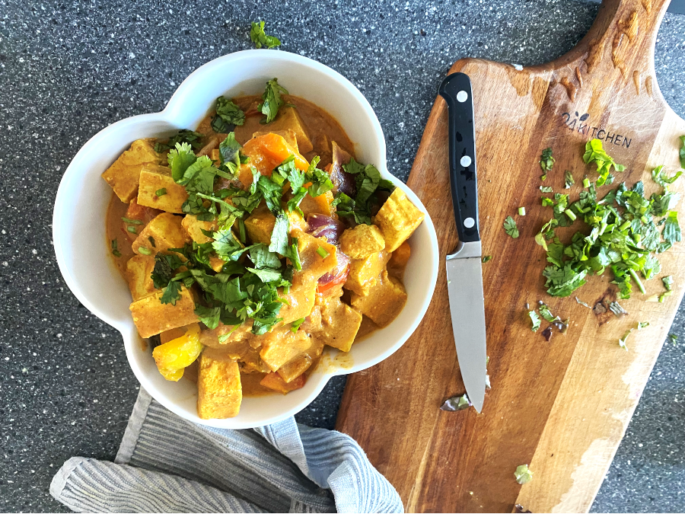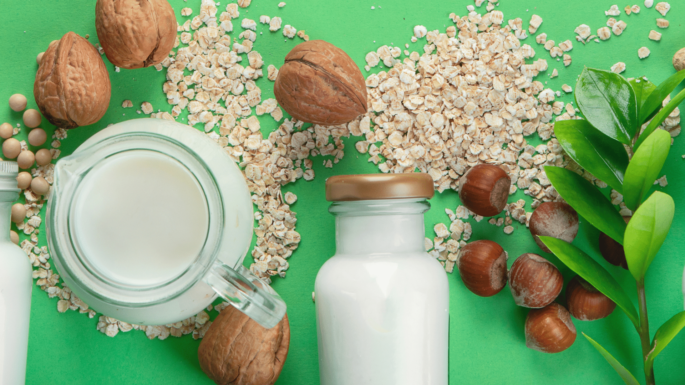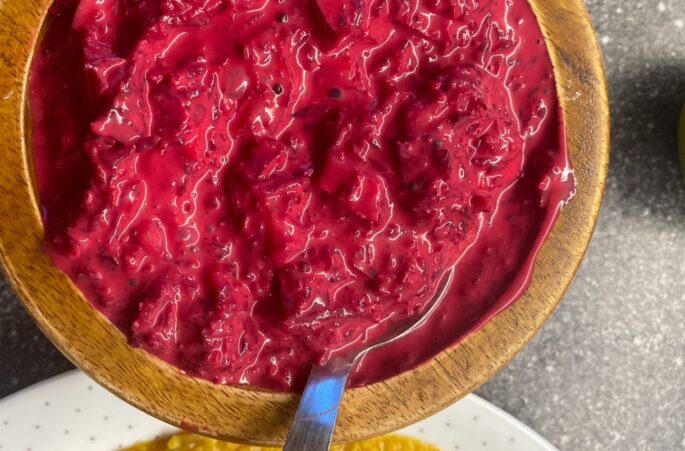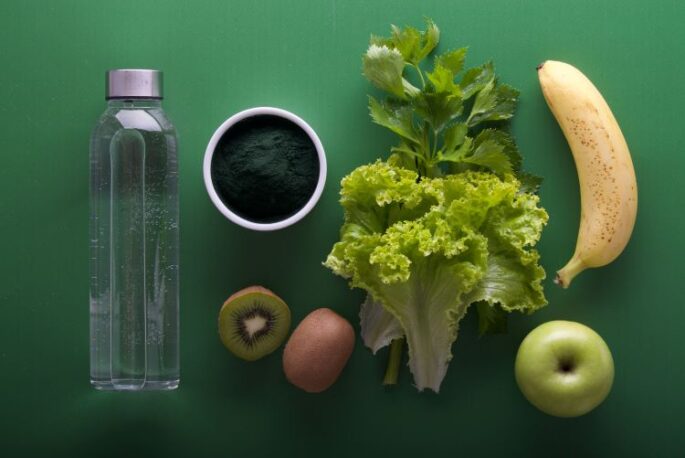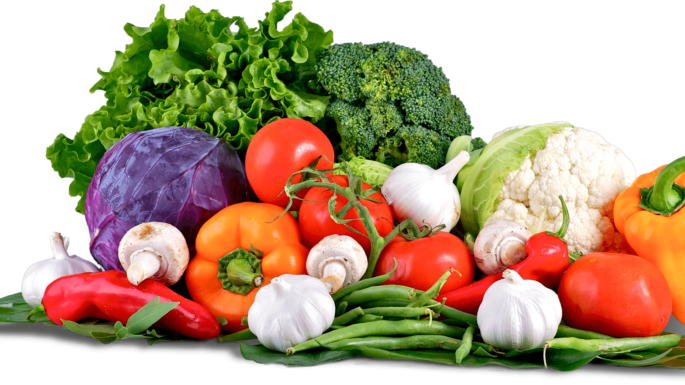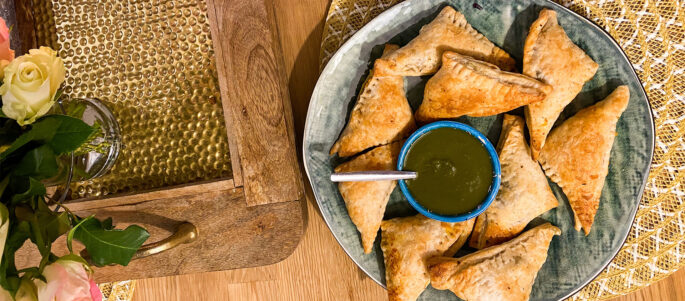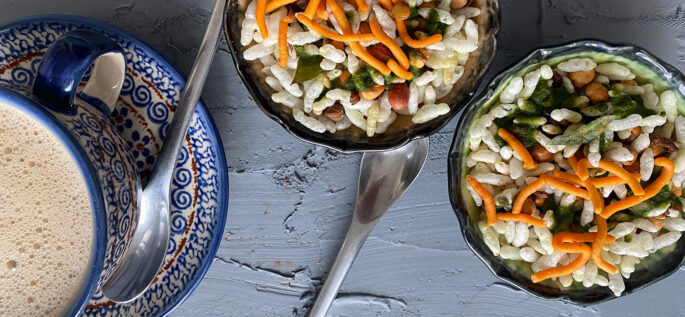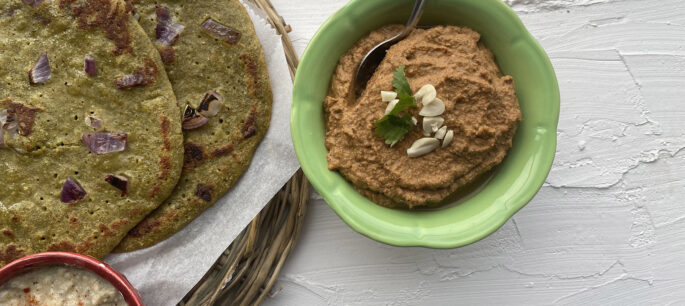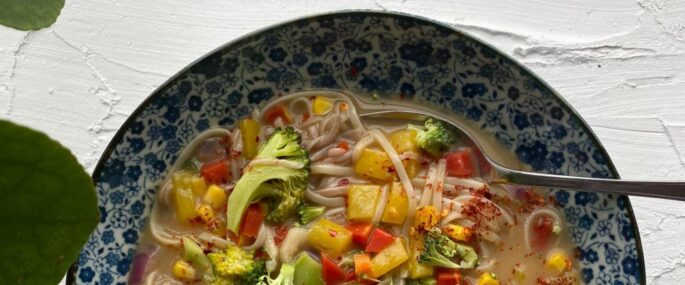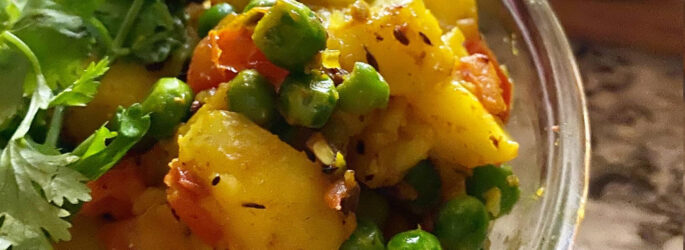Vitamin B12 on a Plant dominant diet
Do you get enough vitamin B12? You’ll want to make sure that you do, in order to stay healthy. Your body doesn’t make vitamin B12, you have to get it from animal-based foods or from supplements. And you should do that on a regular basis.
The animals too get it only from the feed they consume which are fortified with this important nutrient. Vitamin B12 comes from the soil, these are bacteria’s present in soil surface and natural water streams. Now, however, traditional sources of B12 have been virtually obliterated by our modern, sanitized lifestyle.
So you are left with few choices. It’s either fortified foods such as breakfast cereals, non-dairy milks, and nutritional yeast. Of all the food groups, the most beneficial and effective way is to use fortified Nutritional Yeast. Be mindful that the nutritional yeast you buy from the bulk section of your super market may not even have Vit B12. So again CHECK THE LABEL to see if it’s fortified with B12. Braggs Nutritional Yeast seasoning has the most per serving of Vit B12.
How much of Vitamin B12 is needed?
The average recommended amounts, measured in micrograms (mcg), vary by age:
- Infants up to age 6 months: 0.4 mcg
- Babies age 7-12 months: 0.5 mcg
- Children age 1-3 years: 0.9 mcg
- Kids age 4-8 years: 1.2 mcg
- Children age 9-13 years: 1.8 mcg
- Teens age 14-18: 2.4 mcg (2.6 mcg per day if pregnant and 2.8 mcg per day if breastfeeding)
- Adults: 2.4 mcg (2.6 mcg per day if pregnant and 2.8 mcg per day if breastfeeding)
Who needs to be extra worried about Vitamin B12?
People who follow a Plantbased lifestyle, a 100 percent Vegan diet or are vegetarian must not ignore their Vit B12 intake. Apart from that also people who are above the age of 50 and are omnivore, must also get themselves periodically tested for their Vit B12 levels since with age our natural tendency to absorb B12 gets compromised.
If you have vitamin B12 deficiency, you could become anemic. A mild deficiency may cause no symptoms. But if untreated, it may lead to symptoms such as:
- Weakness, tiredness, or lightheadedness
- Heart palpitations and shortness of breath
- Pale skin
- A smooth tongue
- Constipation, diarrhea, loss of appetite, or gas
- Nerve problems like numbness or tingling, muscle weakness, and problems walking
- Vision loss
- Mental problems like depression, memory loss, or behavioral changes
Blood Tests
- When your blood is tested, you want it tested for: (a) Vitamin B12, (b) Homocysteine, and (c) Serum Folate.
- If your folate level is low, eat more dark green leafy vegetables, including, but not limited to, collard greens, kale, spinach, swiss chard, and turnip greens – and, repeat the test in 3 months.
- The recommended form of Vit B12 IS methylcobalamin. It is the active form of B12, and is readily available for cells to use. Since vitamin B12 is stored in the liver and muscles, methylcobalamin, 1000 mcg – 2,500 mcg, twice weekly should cover almost everyone’s B12 needs. But some doctors also suggest Cyanocobalamin
- You can use B12 supplements in the form of liquid drops or sublingual “microdots” that melt under your tongue or even tablets are fine.
Adequate B12 in the body can help promote and preserve optimal function of your brain, spinal cord, and bloodstream.The need to ensure a reliable B12 source must be taken seriously. Chronic, severe deficiency of vitamin B12 will lead to anemia, dementia, paralysis, and death. As a result, maintaining adequate levels of vitamin B12 in your tissues is vital to your well being.
Hope this blog gave you information that you found useful and made you more informed.
Note: Always consult your GP/PHYSICIANS. This article is no way giving you any medical recommendations or asking you to override your doctor’s advice. Nurture Yourself is not responsible for any health issues you may have or develop in future.
source- https://www.webmd.com/diet/vitamin-b12-deficiency-symptoms-causes

